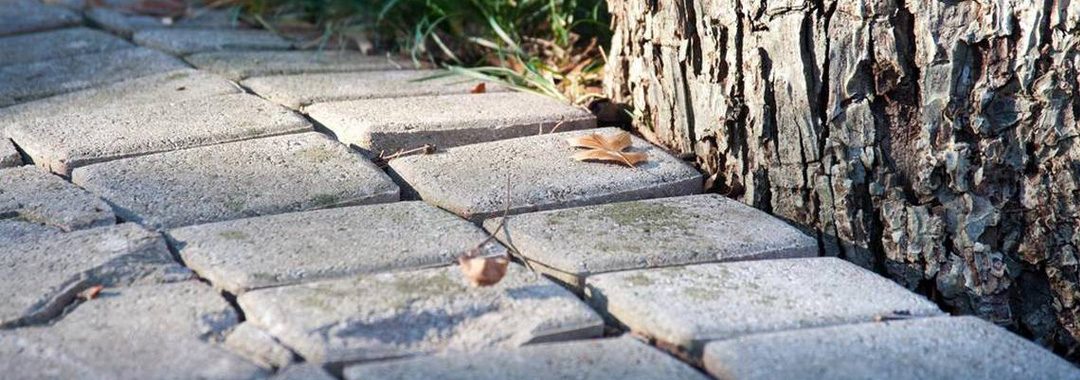Most outdoor pavings are installed surrounded by the usual greeneries: plants, shrubs, and trees. It is not also uncommon to see your paved pathways, patios, or driveways to be utterly destroyed by roots of trees lining just outside your outdoor space. The problem is the roots which cause the paving blocks to lift and therefore protrude outwards, a tripping hazard you should avoid especially when you have children or guests over.
The roots of the trees can be very strong and thick. Removing them and fixing your paved space requires either cutting off the roots or the tree itself, which consumes too much time and resources; not to mention kills the tree itself. One of the easiest ways to avoid such problem is to install your paving blocks from a good distance from the tree to avoid the roots growing and reaching into your paved spaces. However, keep in mind that the direction on which the tree roots grow is uncontrollable and unpredictable. Thus, the best way to avoid this problem without killing the tree is to install root barriers or concrete barriers from the start. This will prevent as many roots as possible from reaching your paved spaces underground.
Aside from lifted paving blocks, the opposite can happen too. Sinking of the space can also occur because of the roots. However, it’s a problem that can be easily solved by removing the pavers of the affected section then cutting the roots and reinstalling the pavers.
The flexibility and easy installation of pavers make problems like these easy to be solved, without costing you too much time and money. It’s a problem that can be fixed regardless of the weather too – pavers, unlike concrete, can be installed during rainy days without the hassle.
Investing in paving blocks for your homes pays you back with a long term, cost effective and lower maintenance outdoor space.

